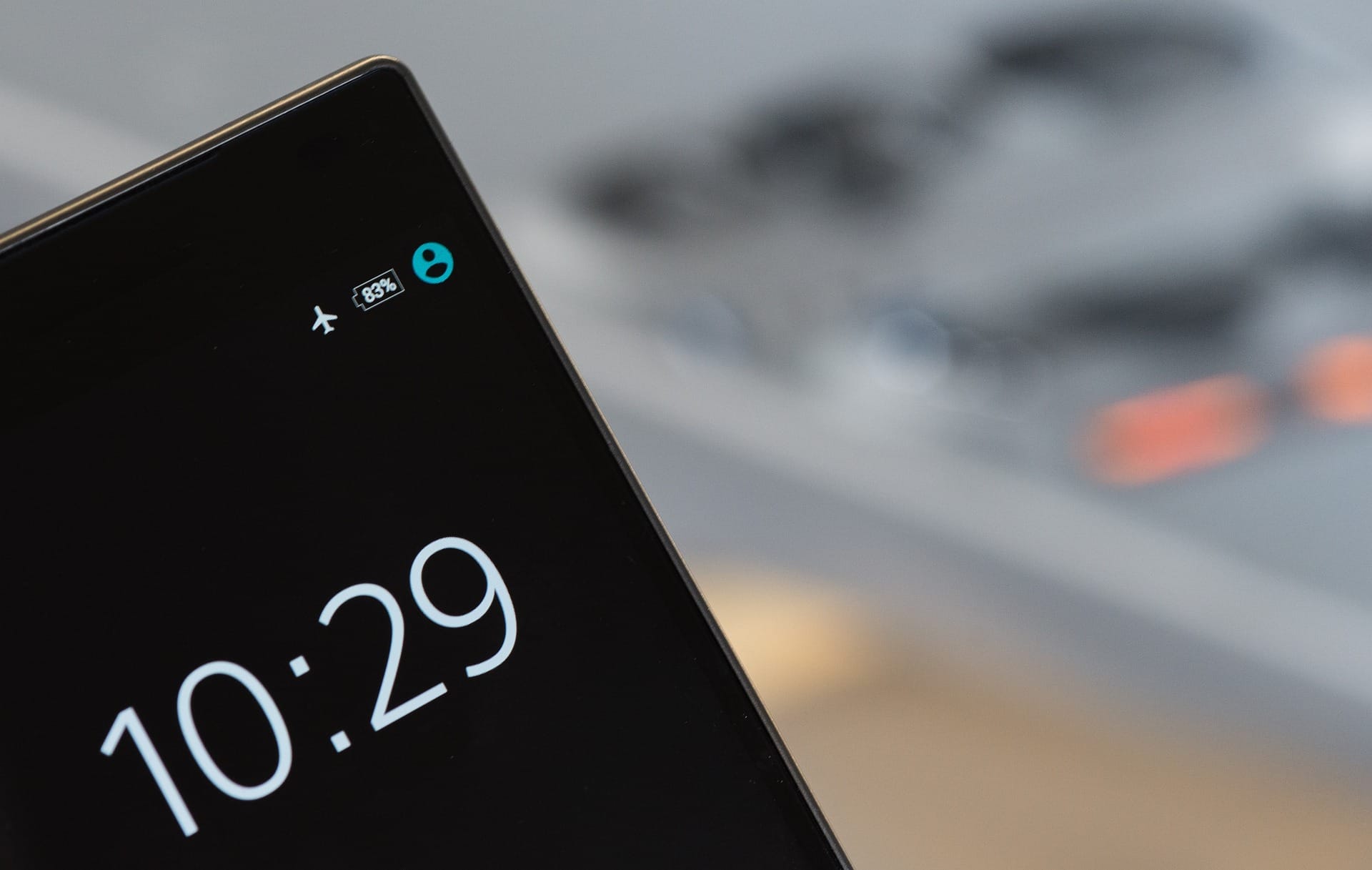Before takeoff of planes of many airlines, the captain of the aircraft informs about the need to turn off the phone or turn on airplane mode. Let's try to answer the question of whether it is really necessary to do this for the sake of flight safety.
Publications on this topic appear regularly - as in more or less specialized and technical publications and websites, not at all related to issues of technology or the aviation industry. A set of reasons is offered as an explanation: from quite reasonable ones, such as potential deterioration of navigation systems, possible impact on communication between the pilot and the controller, or ritual, which helps to understand whether there are “problem” passengers on board, to near-conspiracy theories - supposedly this is the result collusion airlines and manufacturers of special equipment for making calls in flight (below we will tell you what kind of equipment this is).
Airline carriers and regulators are in no hurry to lift restrictions on the use of cellular networks during takeoff and landing, despite the fact that there is not a single case where the use of mobile phones has led to a crash. Since this is fairly widely known information, many passengers do not turn off their devices, which becomes a subject not only for conflicts, but also for humor.
It is difficult to say exactly how many people ignore airline requirements. But a survey conducted by Allianz Travel Insurance in 2017 showedthat 40% of Americans do not always turn on airplane mode (in 2012 such was about 30%), and 14% send text messages or make calls while flying. Data another survey conducted in 2019, they say that one in 15 Americans surveyed does not turn off the phone or put it in airplane mode, even after a request from a flight attendant. People's desire to stay connected has forced airlines to look for a solution and regulators to conduct research.
What are the risks? Let's look at history as it develops. Complete ban on the use of cell phones and other electronic devices on board appeared back in 1991, when personal communication devices were not yet as widespread as they are now. in the 1990s, by data profile magazine SmartCockpit, several cases of autopilot failure and communication problems were associated with the use of electronic devices and phones. Fears were justified by the fact that cell phones operate at frequencies close to the frequencies of on-board equipment on airplanes. Boeing Company subsequently conducted a number of experiments under similar conditions, but the result did not confirm the negative impact of switched-on phones. In all subsequent years, similar tests were carried out under the auspices of the US Department of Transportation, and their result was also negative, which was already reflected in 2005 report FAA Assistant Administrator for Aviation Safety Nicholas A. Sabatini.
At the end of the 2000s they began appear and portable basic stations cellular communications on airplanes. On such boards, passengers were allowed (for a fee) to make voice calls. Study The FAA has shown that these stations do not appear to have any impact on safety, nor do calls from passengers on board aircraft that do not have the devices installed. In 2011, IATA (International Air Transport Association) conducted an analysis of incidents associated with pilots with switched-on equipment (75 failures in six years from 2003 to 2009; according to CNN estimates, this is one incident in 283,000 flights). Analysis showedthat these failures are not confirmed or cannot be associated with certainty with passenger devices. But the principle “it’s better to be safe than sorry” seemed more logical for regulators. With passengers and airlines, the situation was exactly the opposite.
As a result of many years of discussions in 2013, the FAA allows the use of electronic devices in all phases of flight and removes the requirement to completely turn off phones and smartphones. However, the requirement to switch devices to airplane mode remains, and for air carriers there is a requirement make sure that the aircraft itself meets the required technical parameters. In simple terms, is the navigation and other equipment sufficiently modern, which cannot be influenced by signals from user devices, installed on board? Are on-board systems operating on the same frequencies as passenger equipment? In 2014, a similar decision accepts EASA (European Aviation Safety Agency).
In 2022, the European Commission decided5G networks can be used on board aircraft, and Member States must make 5 GHz frequency bands available for transport use by 30 June 2023. There is such an initiative in the USA too, but 5G in the States works in a frequency range close to the operating range of on-board systems, so the solution to this issue is being postponed for now.
European Commission Regulation means, that there is a very high probability that the requirement to turn on airplane mode on European flights will be abolished as early as June 2023. The procedure is still unclear: whether this will be a complete cancellation or whether the requirement to turn on airplane mode during takeoff will remain. The conservative rules that are announced on every flight are probably more a matter of habit. Versions about identifying “problem” passengers in this way or that overly chatty passengers will take advantage of the opportunity to call also look quite convincing, which will violate comfort of those sitting next to you.
Cover image: Scitterphoto
Most likely not true
If you find a spelling or grammatical error, please let us know by highlighting the error text and clicking Ctrl+Enter.






